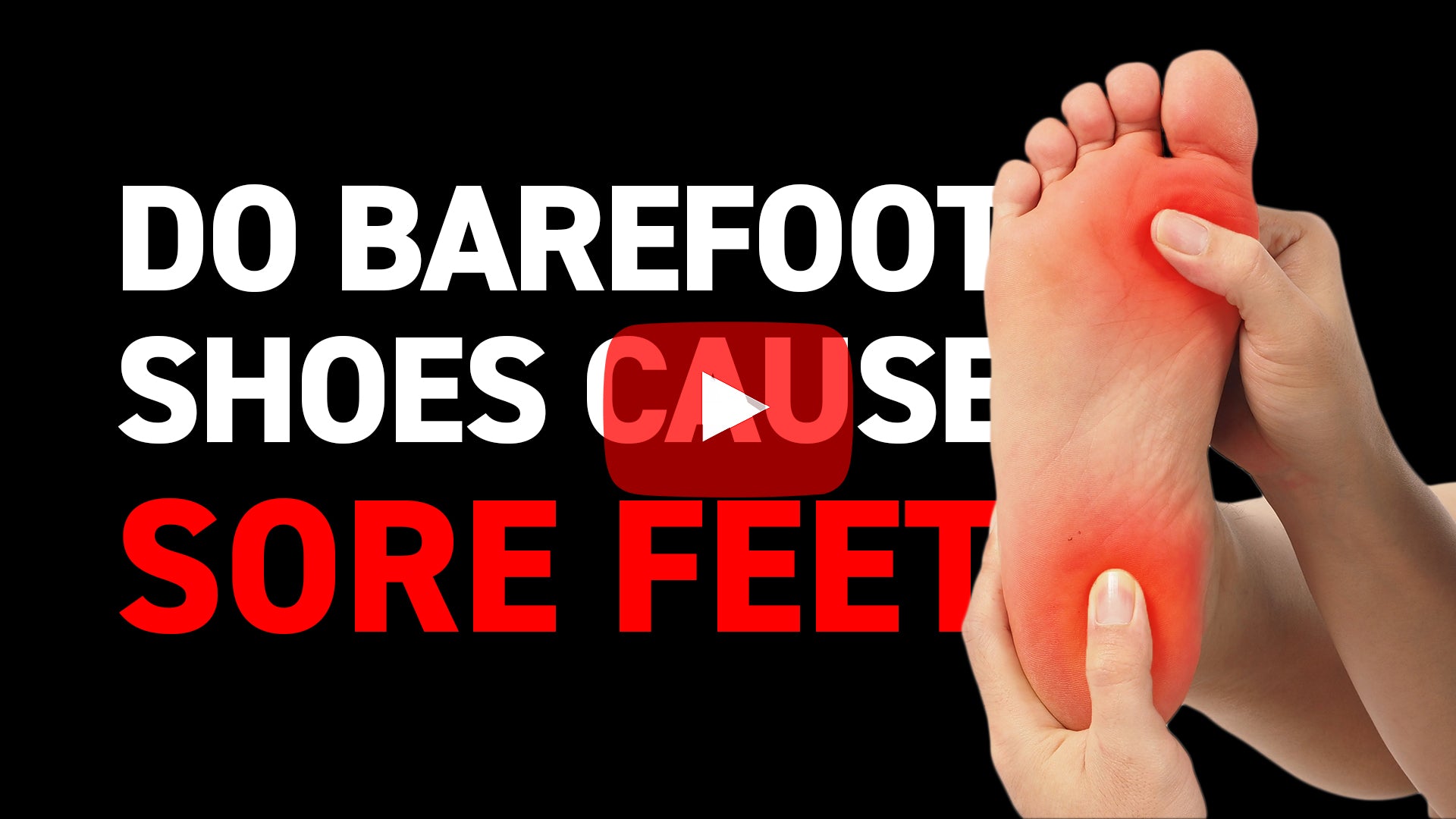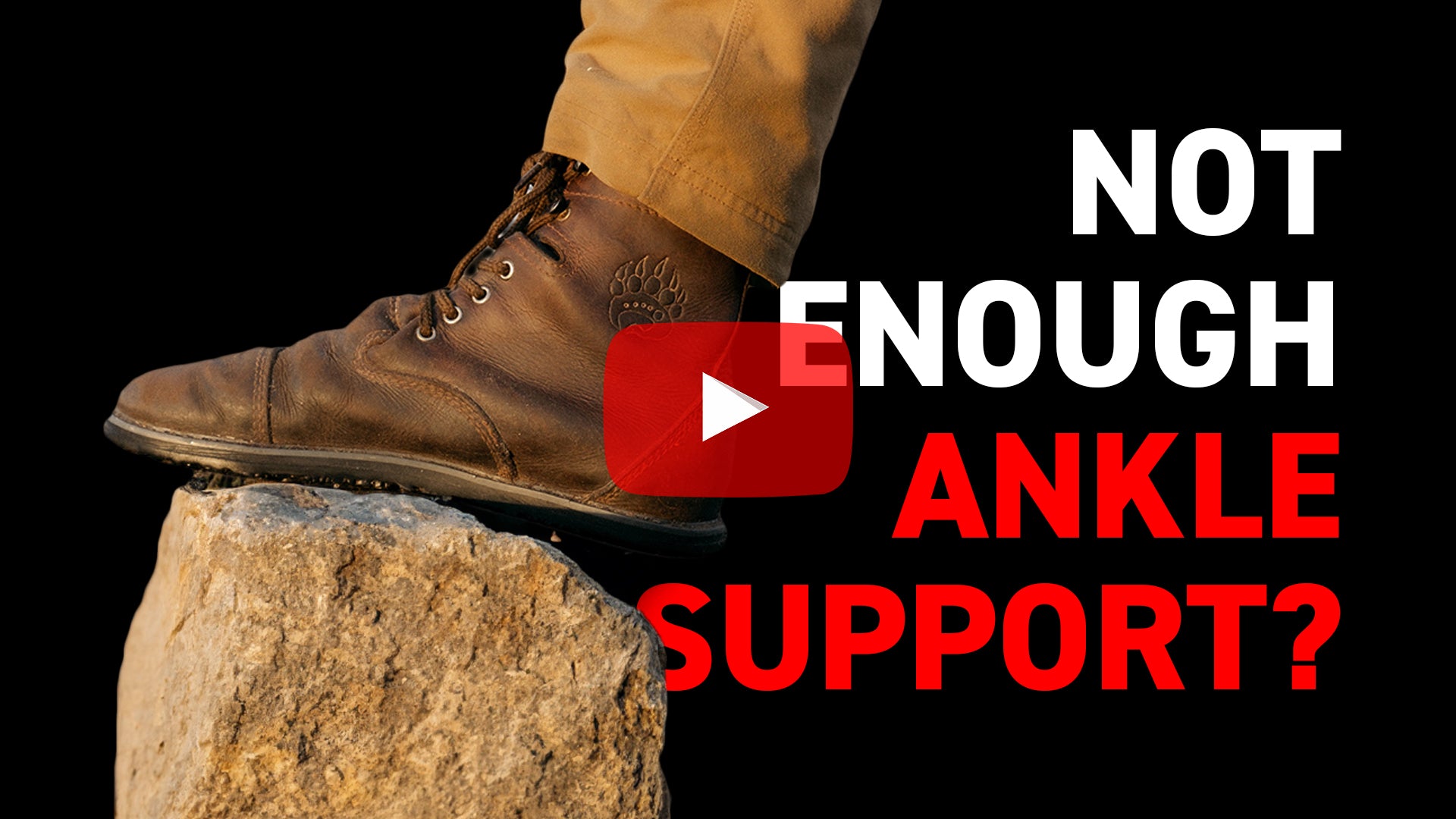You Don't Have Plantar Fasciitis
To counteract this, engaging in a dedicated foot strengthening program or opting for shoes designed to enhance muscle activity and blood circulation can yield significant benefits. While orthotics may offer temporary pain relief for a period of 6 to 8 weeks, they don't provide a long-term solution to the underlying problems of atrophy and degeneration.
What's truly needed is footwear that supports flexibility across multiple planes, fostering the development of the intrinsic foot muscles within all three arches. Additionally, a wide toe box is crucial to prevent cramping and ensure adequate blood flow.
Transitioning—or rather, progressing—to such footwear should be approached with care, akin to how one would gradually increase training loads for an untrained muscle. Rushing this progression can lead to overuse injuries, similar to the risks associated with lifting too heavy or escalating training intensity too quickly.
While sport-specific or safety footwear, like a weight training belt, has its place, it's essential to avoid over-reliance and wear them only when truly necessary. Just as you wouldn't wear a weight belt all day, every day, the same caution should apply to your choice of footwear.
Regarding orthotics, research indicates their efficacy in pain relief lasts only between 6 to 8 weeks, without offering long-term benefits against atrophy and degeneration. A flat shoe lacking proper arch support isn't enough. What's needed is footwear that allows flexibility across multiple planes, supporting the development of the intrinsic muscles within all three arches of the foot. Additionally, a wide toe box is crucial to prevent toe cramping, which can restrict blood flow.
The concept of progression is vital when transitioning to this approach, akin to gradually increasing training loads for an untrained muscle in the gym. This cautious progression helps avoid the pitfalls of overuse, which can occur if one increases the intensity of physical activity too quickly or demands too much from the body, exceeding its capacity.
In contexts where specific footwear is necessary, such as sports or safety requirements, the use of specialized shoes is advisable. However, likened to a weight training belt, their use should be judicious and not constant. The goal is to foster strength and functionality in the feet, enabling them to support our bodies effectively and without pain.




